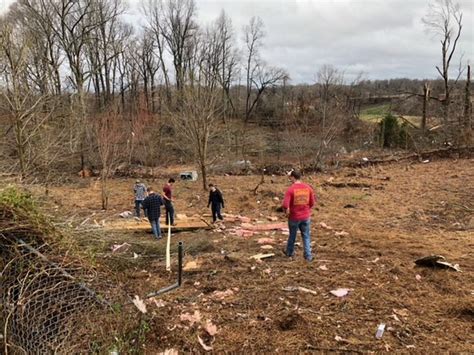Physical Therapy in the Military
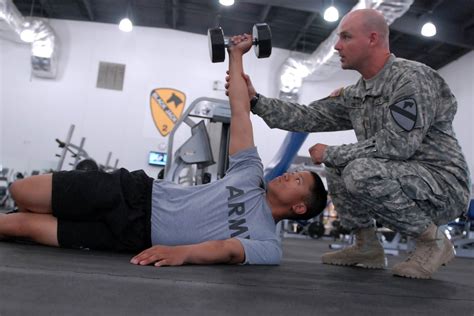
The Role of Physical Therapy in the Military
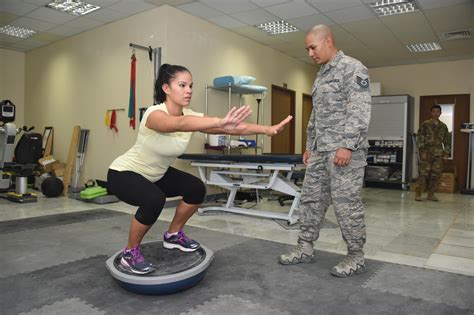
Physical therapy plays a vital role in the military, as it enables service members to recover from injuries and maintain optimal physical function. Military physical therapists work with active-duty personnel, veterans, and their families to prevent injuries, promote physical fitness, and facilitate rehabilitation. In this blog post, we will explore the role of physical therapy in the military, the types of injuries and conditions that military physical therapists treat, and the unique challenges they face.
Types of Injuries and Conditions Treated by Military Physical Therapists

Military physical therapists treat a wide range of injuries and conditions, including:
- Musculoskeletal injuries: sprains, strains, fractures, and tendonitis
- Combat-related injuries: amputations, traumatic brain injuries, and post-traumatic stress disorder (PTSD)
- Overuse injuries: shin splints, stress fractures, and tendonitis
- Chronic conditions: low back pain, arthritis, and fibromyalgia
- Wounded warrior rehabilitation: rehabilitation for service members with complex injuries, such as amputations and spinal cord injuries
Military physical therapists also work with service members to prevent injuries and promote physical fitness. This includes:
- Injury prevention programs: programs designed to reduce the risk of injury, such as exercise programs and ergonomic training
- Physical fitness testing: testing to assess service members’ physical fitness and identify areas for improvement
- Return to duty programs: programs designed to help service members return to duty after an injury or illness
Unique Challenges Faced by Military Physical Therapists

Military physical therapists face unique challenges, including:
- Limited resources: limited access to equipment, facilities, and personnel in deployed settings
- High-stress environment: working in a high-stress environment, such as a combat zone
- Cultural and language barriers: working with service members from diverse cultural backgrounds and languages
- Complexity of injuries: treating complex injuries, such as traumatic brain injuries and amputations
- Patient load: managing a high patient load, including multiple patients with complex injuries
💡 Note: Military physical therapists must be able to adapt to changing situations and prioritize patients based on need.
Education and Training for Military Physical Therapists

Military physical therapists must have a Doctor of Physical Therapy (DPT) degree and be licensed to practice in their state. They must also complete additional training and education, such as:
- Military-specific training: training in military-specific topics, such as combat-related injuries and wounded warrior rehabilitation
- Certifications: certifications, such as the Certified Orthopedic Manual Therapist (COMT) certification
- Continuing education: ongoing continuing education to stay current with the latest research and techniques
Settings Where Military Physical Therapists Work
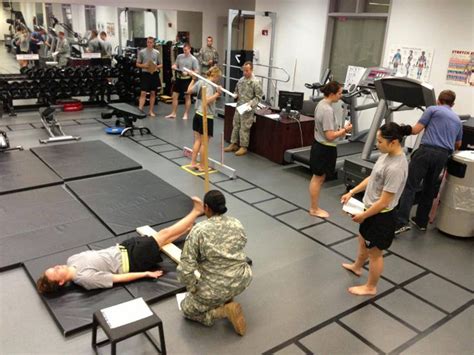
Military physical therapists work in a variety of settings, including:
- Military hospitals and clinics: hospitals and clinics on military bases
- Deployed settings: forward operating bases and combat zones
- Veterans Administration hospitals and clinics: hospitals and clinics that treat veterans
- Private practices: private physical therapy practices that contract with the military to provide services
Table: Comparison of Military and Civilian Physical Therapy Settings
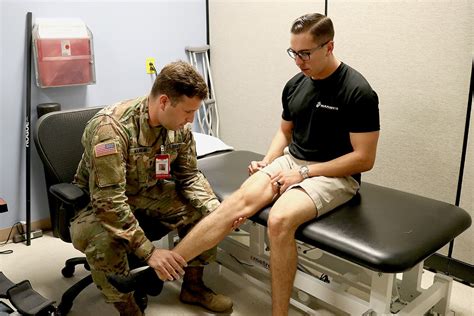
| Setting | Military Physical Therapy | Civilian Physical Therapy |
|---|---|---|
| Patient population | Active-duty personnel, veterans, and their families | Civilian population |
| Types of injuries and conditions treated | Combat-related injuries, musculoskeletal injuries, and wounded warrior rehabilitation | Musculoskeletal injuries, chronic conditions, and sports-related injuries |
| Work environment | High-stress environment, limited resources | Traditional clinical setting, access to equipment and facilities |

💡 Note: Military physical therapists must be able to adapt to changing situations and prioritize patients based on need.
Conclusion

Physical therapy plays a vital role in the military, as it enables service members to recover from injuries and maintain optimal physical function. Military physical therapists work in a variety of settings, including military hospitals and clinics, deployed settings, and private practices. They face unique challenges, including limited resources, high-stress environment, and complex injuries. Despite these challenges, military physical therapists are able to provide high-quality care to service members and veterans.
What types of injuries and conditions do military physical therapists treat?
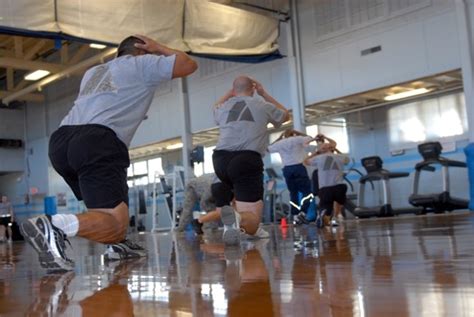
+
Military physical therapists treat a wide range of injuries and conditions, including musculoskeletal injuries, combat-related injuries, and chronic conditions.
Where do military physical therapists work?
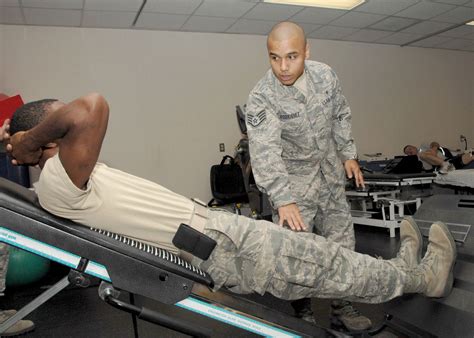
+
Military physical therapists work in a variety of settings, including military hospitals and clinics, deployed settings, and private practices.
What education and training do military physical therapists require?
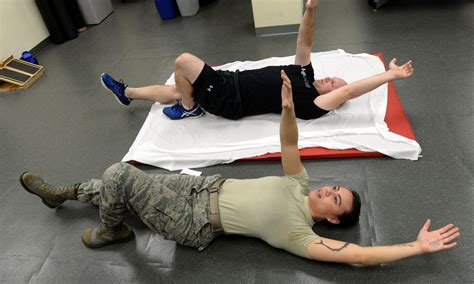
+
Military physical therapists must have a Doctor of Physical Therapy (DPT) degree and be licensed to practice in their state. They must also complete additional training and education, such as military-specific training and certifications.

